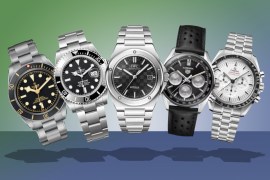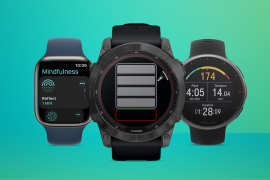How to buy a pre-owned luxury watch
From expert tips to how to spot a fake, here's everything you need to know about buying a pre-owned luxury watch

Shopping secondhand can be a fantastic – and cost-effective – way of buying the luxury watch of your dreams. Prices tend to be lower than buying new, but there are other benefits of the used market too.
This includes the ability to buy the exact model of watch you want, when you want it. It sounds simple, but this isn’t always possible when shopping new, especially if you try to buy a Rolex or a Patek Phillipe for the first time. A lot of the big brands operate waiting lists, especially for the most popular and best watches around, so if you’re a first-timer you’ll be on it for a while.
Buying a used luxury watch also means doing your research, which can be good fun. You’ll likely discover rare, special or simply more interesting variants of the watch you originally wanted. You might even uncover a watch with a fascinating backstory, or a watch that was first sold on a date that’s significant to you. Looking for a luxury watch that was bought on the day or month you were born? With the secondhand market being so big, and sales documents often kept, this is often possible.
So step away from the windows of your local Rolex dealer, and let us reveal everything we know about buying a used luxury watch. Trust us, you’re going to have fun – and maybe even save some money, too.
Three tips for buying a pre-owned luxury watch
1. Do your research
As with any big purchase, you need to do your research before reaching for the credit card. You wouldn’t buy a car or a house without learning as much as you can about it, and the same is true with luxury watches.
Search online for articles detailing the history of the brand or model of the watch you want. That’ll help you understand why some older models might be worth more than others, or if there are any reasons to avoid a specific reference (that’s the long number used to identify a specific variant of watch).
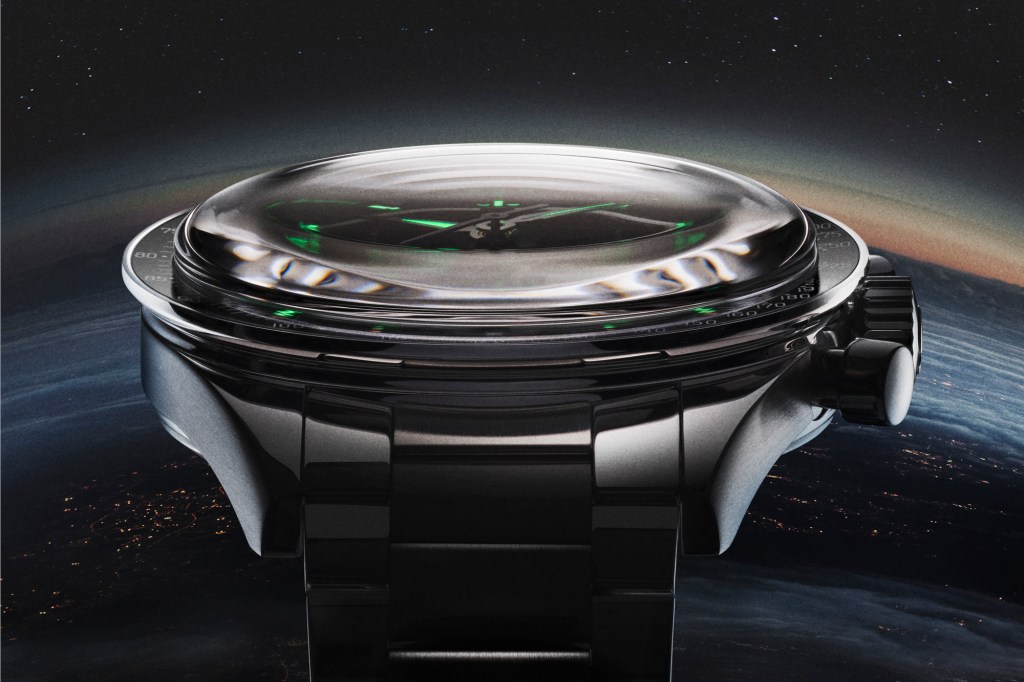
Because you’re buying secondhand, it’s worth understanding the various materials used in watchmaking, and how they age. A bronze case will have aged over time and turned darker as it develops a unique patina, for example. The Hessalite crystal of many Omega Speedmasters is far more scratch-prone than the sapphire crystal of other models – but, with research, you’ll realise how easily those scuffs can be polished out.
Also, try to find out what strap the watch would have had when new. Older watches are less likely to come with their original leather strap, but don’t let that put you off too much. The majority of the value is in the watch itself, and modern replicas of vintage leather straps are easy to find.
2. Look at reviews of the seller
Researching the seller is as important as researching the watch. Check their legitimacy if you’ve not heard of them before – but don’t be immediately put off by an unknown dealer, since many secondhand watch sellers are relatively small businesses.
Look for online reviews of the seller, whether that’s an entire business or an individual seller on a platform like Chrono24. The latter has a reviews section much like eBay, where buyers give the seller a star rating and a written review, to which the seller can also respond. This system shows the exact watch each review refers to, and Chrono24 displays the seller’s business address and phone number for further legitimacy.
3. Look for authenticity guarantees
Whichever secondhand watch platform you use, look carefully for authenticity guarantees. Chrono24 awards a ‘Trusted Seller’ badge to dealers, while WatchFinder (another huge online watch marketplace) has its own authenticity guarantee.

WatchFinder states: “The watchmakers in our manufacturer-certified service centre are equipped with the knowledge and experience to ensure that every single watch is genuine. Nothing is left to chance, with watches being inspected at high magnification both outside and in.”
eBay also has its own authenticity guarantee system for used luxury watches. This operates independently from the buyer, seller and all watch brands, and comes at no cost. eBay states: “Independent authenticators verify multiple inspection points, including the crown bezel, dial, case, clasp/buckle, hands, end links and reference number…Once verified as authentic and matching its listing description, each timepiece receives a unique authentication card with detailed information about the watch.”
Lastly, try to buy a watch that comes with “box and papers”. This usually adds a premium but means the watch comes with its original box and all of the paperwork included when it was sold for the first time.
Best places to buy a pre-owned luxury watch
We’ve already covered a few options for buying a secondhand watch. The websites of Chrono24 and WatchFinder are a great place to start. They also have a feature where you can save specific search criteria, and then receive a daily email containing all of the new listings that match what you’re looking for.
eBay can also be a good option for both buying and selling a used luxury watch – just remember to do your research and check out the seller’s feedback. You should also cross-reference prices on other platforms to make sure the watch you’ve found doesn’t seem suspiciously cheap (or overpriced).

Your local high street might also be home to a used luxury watch specialist. They will often be knowledgeable and have a good understanding of the current market, but their prices might be slightly higher than online watch-selling platforms.
If you can, try heading into a major city like London, Edinburgh or Manchester and you’ll find clusters of luxury watch dealers close to each other. London’s Hatton Garden and Burlington Arcade are both good options if you’re looking for a high-end used luxury watch.
How to spot a fake luxury watch
Counterfeit watches are becoming increasingly difficult to spot. Unless you really are a horology expert, we recommend avoiding the chance of buying a fake entirely, and only shop using a reputable platform, or from an experienced watch retailer.
However, if you stumble across a watch you can’t say no to – perhaps you’ve unearthed something at a car boot sale, or fancy your chances at a small auction – there are a few key checks to perform. Look very carefully at small details, like the precise positioning of the hour markers and the exact font of every logo, motif and other signage on the dial. Cross-reference this with photographs of the real thing to sniff out an inaccurate fake.
Also check if the dial is slightly askew, or if the case back doesn’t look to have been fitted properly. Feel the weight of the watch; if it’s lighter than expected this is cause for concern. Likewise, if the machining and finishing of any metal surfaces feels rough or inconsistent, walk away. Carefully check the strap, buckle and clasp too, and remember that a shiny and stiff leather strap claiming to be old is an instant red flag.
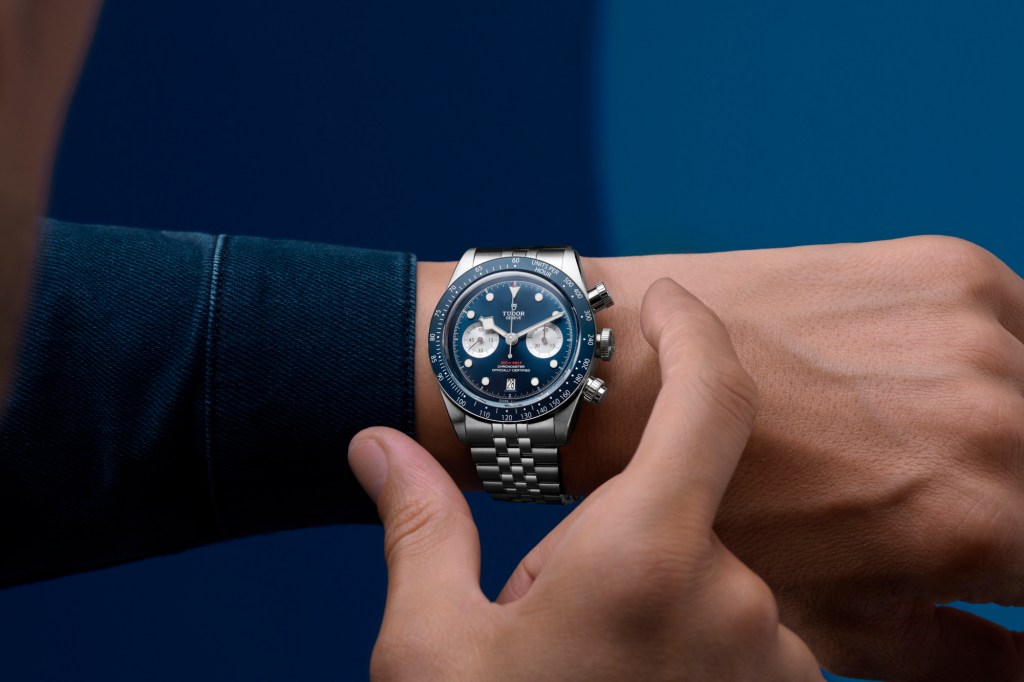
Look for the watch’s serial number, which is usually on the case back or on the movement, and use an online watch serial database to check its legitimacy. Similarly, there are websites that charge a small fee to check if a watch has been stolen or is known to be fake.
Ultimately, unless it’s a low-value punt you’re comfortable taking a chance on, you should let an expert inspect the watch before parting with any cash.
What is a certified pre-owned watch?
Some luxury watch brands operate their own certified pre-owned system. Rolex runs such a system through several retailers, like Goldsmiths. Rolex explains how the system “vouches for the authenticity of second-hand watches that are at least three years old…the experts in our worldwide network meticulously verify each component of every watch trusted in their care.”
Watches offered for sale through Rolex’s certified pre-owned programme are fully serviced and, if necessary, components are replaced using the company’s own stock of genuine parts. Prices tend to be higher than on other used watch platforms, but for a first-time used Rolex buyer, this route can feel like the most authentic.
What are the best pre-owned luxury watches to invest in?
Firstly, we must stress that used luxury watches should not be bought to make money. As with any investment, prices can go down as well as up, and your watch might be worth less than you paid for it.
However, watches from premium Swiss brands – like Rolex, Patek Philippe and Audemars Piguet – tend to lose value slowly, if at all. Used watches sometimes command a premium, especially if that model is still in production and there’s a waiting list, or it is no longer available new and has become sought-after among collectors.
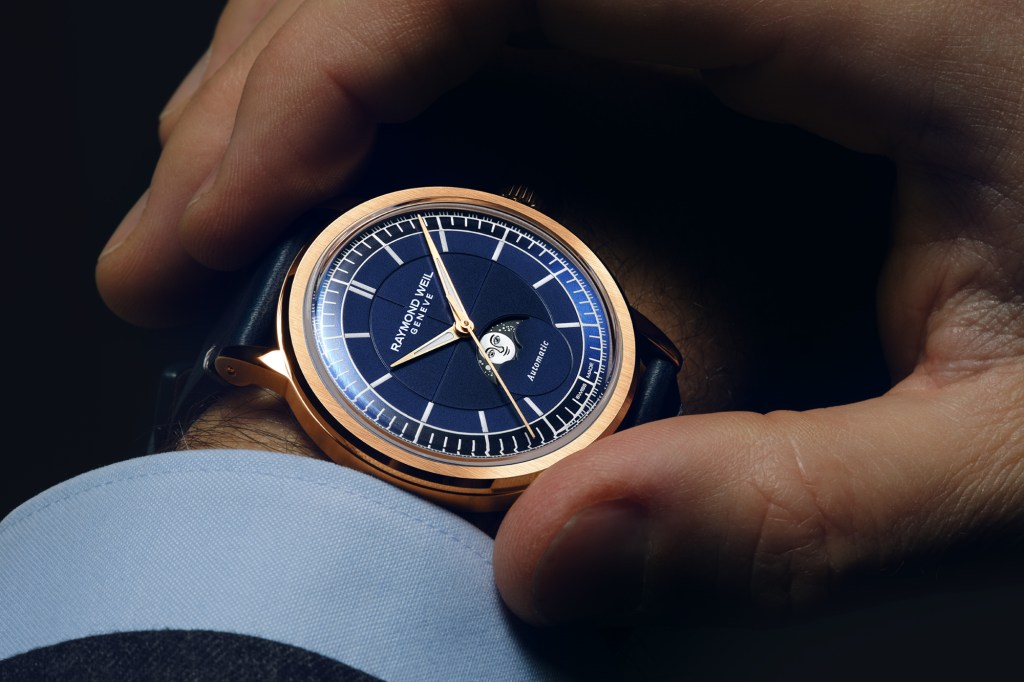
Most models don’t increase in value as they age, but many depreciate relatively slowly. A lot of Rolexes tend to slowly reach a minimum value, then stay there for a very long time. Buy something like a Rolex Datejust today, and it’ll likely still be worth several thousand pounds in the years and decades to come.
The prices of new Swiss watches tend to increase every year, often above inflation. For example, the Tudor Black Bay 58 in navy cost $2217/£2760 when it was new in 2020, but retailers are now selling the same watch for $4,175/£3,450, less than five years later. Early buyers might not make a profit on the used market, but they’ll be reassured to know their investment has aged well against the price of a new example.
Or, if you have a very large budget, Rolex Daytonas have a reputation for increasing in value. So too almost any model of Patek Philippe, as these command a premium on the used market due to demand often outstripping supply, and the Audemars Piguet Royal Oak is also considered a relatively safe investment.
Ultimately, while you must be careful and do plenty of research, buying a used luxury watch is about having fun and learning something new. You might uncover a watch you’d never seen before, or track down a specific model with an interesting backstory, or with a rare specification. It might also go up in value, but that shouldn’t be your primary reason for purchasing. Instead, there’s every chance you’ll save money compared to buying new, and you’ll amass lots of watch knowledge along the way.
Liked this? Best G-Shock watches ranked
